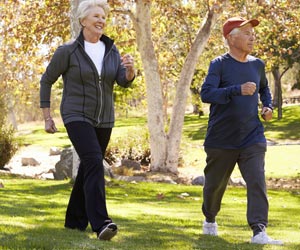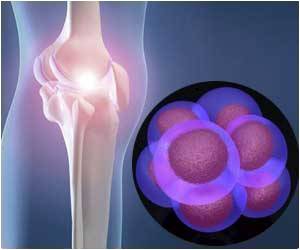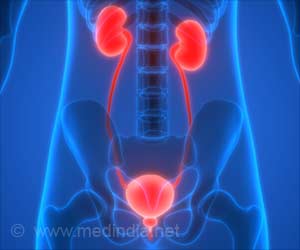New study paves the way for a better understanding of genetic changes that are associated with physical activity.

‘A new study paves the way for a better understanding of genetic changes that are linked to physical activity. Scientists recorded types of activity using a wrist-worn monitor.’





In one of the most detailed projects of its kind, the scientists studied the activity of 91,105 UK Biobank participants who had previously worn an activity monitor on their wrist for a week.The scientists taught machines to automatically identify active and sedentary life from the huge amounts of activity monitor data.
They then combined this data with UK Biobank genetic information to reveal 14 genetic regions related to activity, seven new to science, they report in Nature Communications.
The work paves the way for better understanding of sleep, physical activity, and their health consequences.
Further analysis of the human genetic data showed for the first time that increased physical activity causally lowers blood pressure.
Advertisement
The genetic analysis also showed overlap with neurodegenerative diseases, mental health wellbeing and brain structure, showing an important role for the central nervous system with respect to physical activity and sleep.
Advertisement
"It is only by being able to study large amounts of data, such as those provided by UK Biobank, that we are able to understand the complex genetic basis of even some of the most basic human functions like moving, resting and sleeping."
The study was funded by the National Institute for Health Research (NIHR) Oxford Biomedical Research Centre, and the British Heart Foundation Centre of Research Excellence at Oxford. The study was collaborative, and performed by a multidisciplinary team of scientists from a diverse set of fields, including machine learning, genetics, statistics, and epidemiology.
The use of machine learning in big healthcare datasets is advancing quickly, and having a profound effect on the sorts of studies that can be carried out, Dr. Karl Smith-Byrne, one of the lead analysts of the study said.
"We have carefully developed machine learning models to teach machines how to analyze complex functions like activity," he said. "These models provide exciting new insights into human movement behaviors in large studies such as UK Biobank with its half a million participants."
Professor Michael Holmes, a BHF Intermediate Clinical Research Fellow, said: "This provides scientists with a wonderful opportunity to learn much more about how genes and environment interact in our daily lives, causing us to move as we do, and possibly putting us at increased risk of disease. For instance, it might help us determine whether inactivity is a cause or a consequence of obesity."
To help identify the types of activity recorded on the wrist monitors, the researchers turned to 200 volunteers who wore a special camera that captured their activity every 20 seconds over two days. The images were compared with the activity data captured by the wrist-worn monitors, providing a guide to interpreting the data.
Source-Eurekalert















